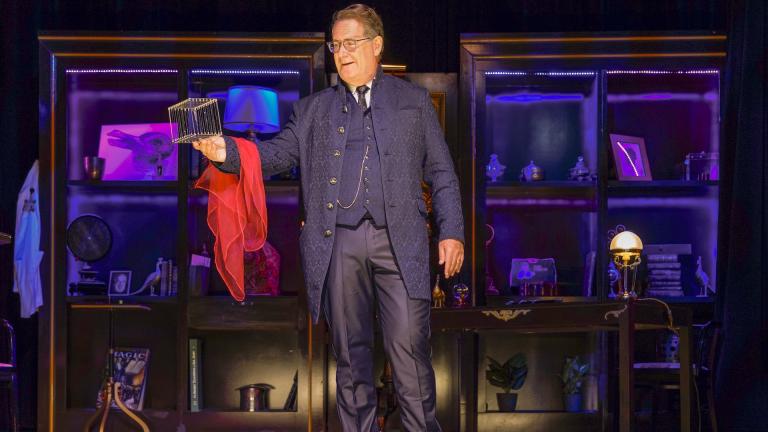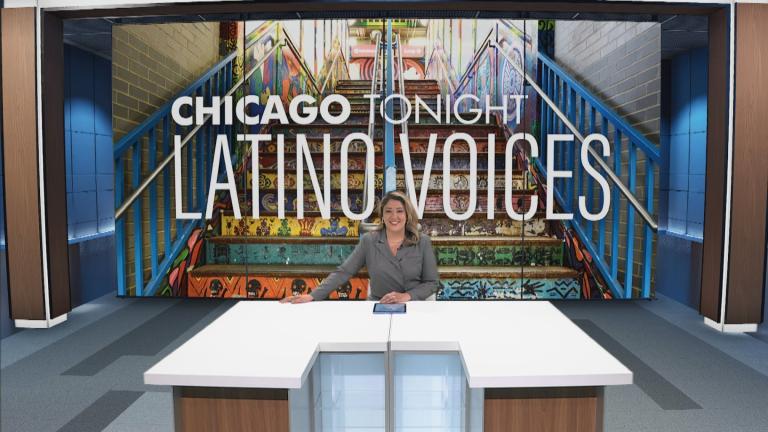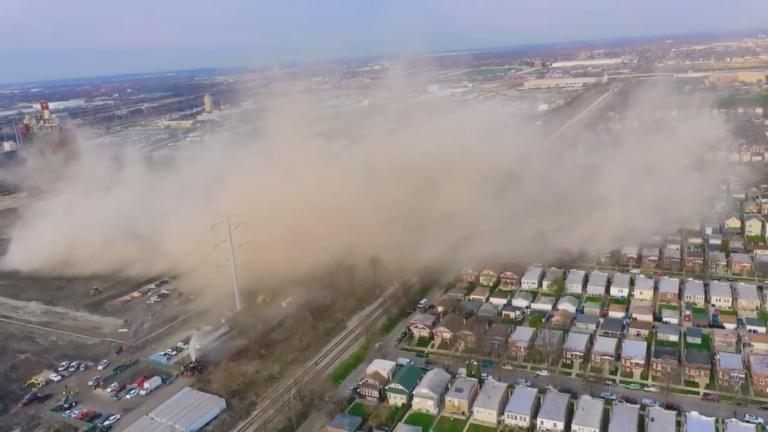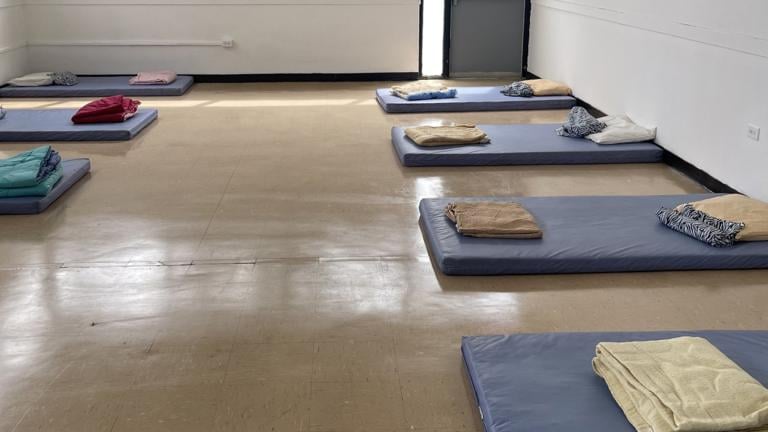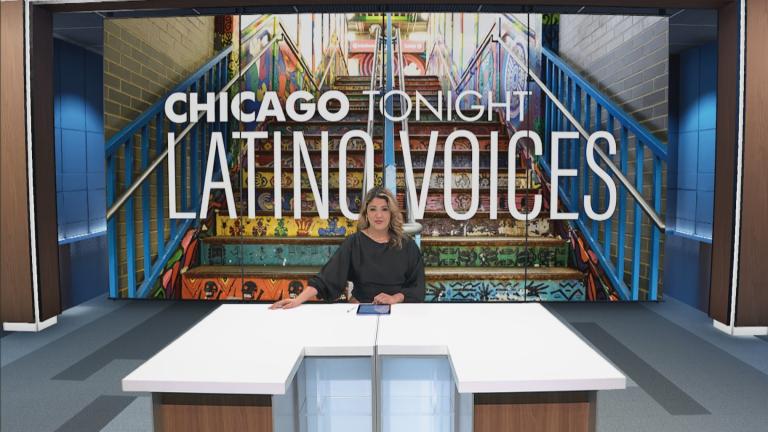In many Latino households, it has become more common for kids with Spanish speaking parents to be raised without being able to speak the language themselves.
They’re sometimes known as “No Sabo Kids.” And they can face criticism from fellow Latinos who say they should know the language in order to identify with the culture.
Research shows it’s becoming harder for bilingual speakers to raise bilingual children — but also points to factors that can improve opportunities for Spanish development.
That research effort, called “Spanish in Chicago” interviewed 124 Latinos of Mexican, Puerto Rican and “MexiRican” descent to look at how the language was changing and being preserved.
One of the authors, Lourdes Torres, a Latin American and Latino studies professor at DePaul University, said although language can be deeply rooted in culture, it’s not the only part of being Latino.
“Language is an intimate part of culture,” she said. “And because of that, people have this expectation when they see Latinos, that they’re able to speak Spanish. But there is no language requirement to being Latino so that’s kind of an unfair assessment to make.”
This sometimes leads to feelings of inferiority among those who only speak English, Torres added.
Gonzalo Guzman is a local photographer and writer of Mexican and Puerto Rican descent. He grew up in North Carolina in a predominantly English-speaking community and didn’t learn Spanish at home. When he moved in with his grandfather in Chicago, he was able to explore what it meant to be Latino beyond the language.
“When I think about growing up in North Carolina, there’s like an aspect of safety of like, how safe is it for me to embrace this identity, and like, maybe wanting to push away from it,” he said. “But being in Chicago, where there is just like, more community for me to kind of push myself into, I think has really helped with that.”
And now through his photography, he said he’s able to connect with and celebrate both the Latino community and his Latino identity.
For those students learning the language, having resources that are easy to read and emphasize repetition are a great way to start, according to Esmeralda Mora, a Spanish teacher and founding director of the Language Learner Literature Advisory Board.
Her book “Los Quince de Raquel” uses these tools to introduce the language as well as the culture.
“I truly do believe that the Latino community embraces everyone, no matter the language they speak,” she said. “And so that is something that we're seeing also in the classrooms. I see more and more students joining my heritage classes alongside other students who want to learn Spanish.”

